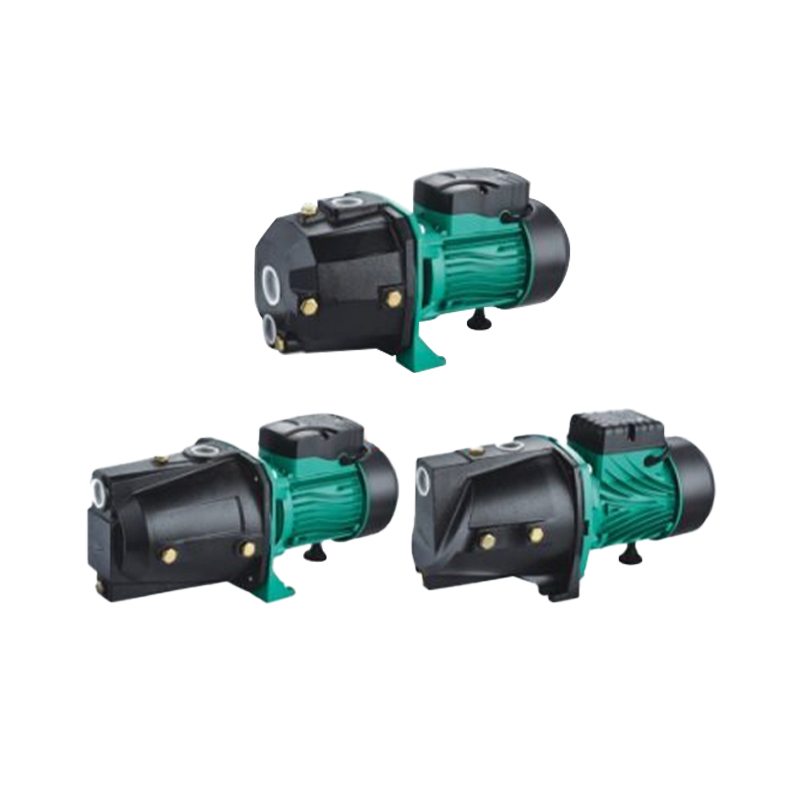QDX/B Stainless Steel Submersible Pump for Building and Industrial Drainage
The Stainless Steel Submersible Pump for Building and Industrial Drain...

Self-priming pumps are a popular choice in a variety of applications because of their ability to prime themselves automatically, meaning they can evacuate air from the system to begin pumping fluid without external assistance. Among the common types of self-priming pumps are the Self-Priming Jet Pump, Self-Priming Transfer Pump, and Self-Priming Sewage Pump. These pumps serve different purposes, but many users wonder whether a single self-priming pump can be used across various fluid types, from clean water to more challenging substances like sewage or chemicals.
A Self-Priming Jet Pump is typically designed for clean water applications, such as residential water supply or light irrigation. It operates by creating a vacuum that allows it to draw water into the system and begin pumping. The design of a Self-Priming Jet Pump is generally suited to fluids that are relatively free from large debris, as the pump's impeller and internal mechanisms can be sensitive to solids that could clog or damage the system. While some Self-Priming Jet Pumps may be able to handle slightly dirty water, they are usually not recommended for pumping highly viscous fluids or those containing large particles. For example, trying to use a Self-Priming Jet Pump for pumping sewage or wastewater could lead to clogging and mechanical failure.
On the other hand, a Self-Priming Transfer Pump is a more versatile option that can handle a wider range of fluid types. These pumps are typically designed for transferring fluids from one location to another and can handle both clean water and some semi-viscous liquids, such as oils or mild chemicals. However, like the Self-Priming Jet Pump, Self-Priming Transfer Pumps have their limitations. If you try to pump abrasive or highly viscous fluids with a Self-Priming Transfer Pump, the impeller could wear out faster, reducing the pump's lifespan. Moreover, transferring wastewater or sewage may cause blockages or compromise the pump's efficiency if it isn't specifically designed to handle such materials.
In contrast, a Self-Priming Sewage Pump is engineered with robust features to handle harsh conditions, including the transfer of sewage, wastewater, and even slurries. These pumps typically have a higher tolerance for solids and debris compared to Self-Priming Jet Pumps or Self-Priming Transfer Pumps. The impeller in a Self-Priming Sewage Pump is often designed with a larger clearance to prevent clogging, allowing it to pump sewage with suspended solids or waste materials. The construction of the Self-Priming Sewage Pump is also optimized to prevent corrosion from the harsh chemicals and substances often found in sewage.
Given the distinct applications of these pumps, using a single Self-Priming Pump across multiple fluid types is not always advisable. Each type of pump is designed for a specific range of fluids, and using the wrong type of pump for the wrong fluid can result in inefficiencies, clogging, and even damage to the pump. For example, using a Self-Priming Jet Pump to transfer sewage could quickly lead to failure, while using a Self-Priming Sewage Pump for clean water applications might not provide the efficiency needed for low-flow situations.
If you need to pump different types of fluids, you may find it beneficial to choose a Self-Priming Transfer Pump that is specifically built to handle a wider range of liquids. When selecting a pump, always ensure that the materials and components are compatible with the type of fluid you plan to pump. Additionally, consider the flow rate, pressure, and capacity of the pump to ensure it meets the demands of the specific task at hand.